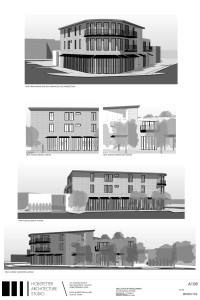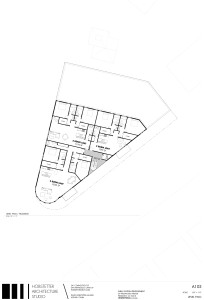CELEBRATION: Roadway Improvements and Bike Lane on Grand Avenue in Oakland and Piedmont: May 12 Bike to Work Day
Cities of Oakland and Piedmont to Celebrate Grand Avenue Roadway Safety Improvement Projects on Bike to Work Day, Thursday, May 12, 2016
News Release
The cities of Oakland and Piedmont will hold a ribbon cutting ceremony at 7:00 a.m. on Thursday, May 12th to celebrate the completion of the Grand Avenue roadway improvement projects running from Greenbank Avenue in Piedmont to Mandana Boulevard in Oakland.
The event will be held in conjunction with Bike to Work Day at the Energizer Station sponsored by Piedmont Connect and Bike East Bay in the Grand Lake Ace Hardware parking lot at 1221 Grand Avenue.
Mayor Libby Schaaf and Councilmember Abel Guillen of Oakland and Councilmember Tim Rood of Piedmont will speak at the event.
The cities of Piedmont and Oakland have been working together to complete this project to improve conditions along Grand Avenue for pedestrians, cyclists, and motorists. The “road diet” on Grand Avenue will keep the same physical pavement width, the street will be restriped from two car lanes to one car lane and one bike lane in each direction, with a turn lane in the middle. The parking lanes will remain as they are.
By making intersections simpler to navigate and creating clearer sightlines at crosswalks, road diets have the added benefit of significantly reducing traffic collisions.
The overall goals are to calm traffic and improve roadway safety for all users.
“I’m ecstatic to be helping to inaugurate these new improvements on a street on which I’ve biked to work for the past 13 years. This project is the fruit of years of committed advocacy by Piedmont and Oakland residents interested in safer and more complete streets,” said Piedmont Councilmember Tim Rood. “The new striping benefits pedestrians, motorists, and cyclists by reducing speeding, removing conflict points at intersections, and making crosswalks safer. I’m also thrilled at the new era of cooperation and collaboration between Piedmont and Oakland that this project exemplifies.”
“I’m looking forward to seeing more people walking and biking safely on Grand Avenue and across our two cities,” said Oakland Councilmember Abel Guillen. “Our commitment to a more walkable, bike- friendly, and complete streets approach is growing because roadway safety affects everyone.”
Both Oakland and Piedmont have conducted significant public outreach regarding this project. Oakland’s outreach was conducted during project development in July and August 2015 and Piedmont’s outreach was conducted as a part of the development of the Council approved Pedestrian and Bicycle Master Plan in 2014, as well as Council hearings in February and April 2016.
More information on the project in Piedmont is available by visiting the Bicycle and Pedestrian Master Plan Page on the website at:
http://www.ci.piedmont.ca.us/walkbike.
For information on the portion of the project taking place in Oakland, please see:
http://www2.oaklandnet.com/government/o/PWA/s/Projects/GrandAve/index.htm
Contacts: John O. Tulloch (Piedmont) (510) 420-3040
Kristine Shaff (Oakland) (510) 238-2966




